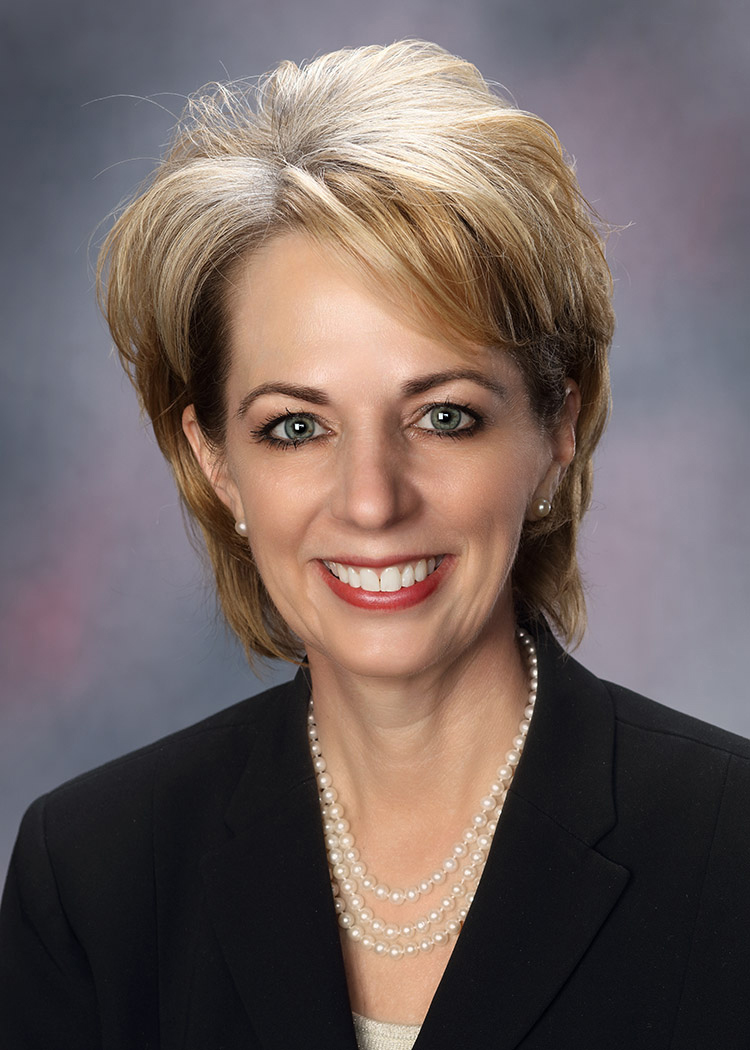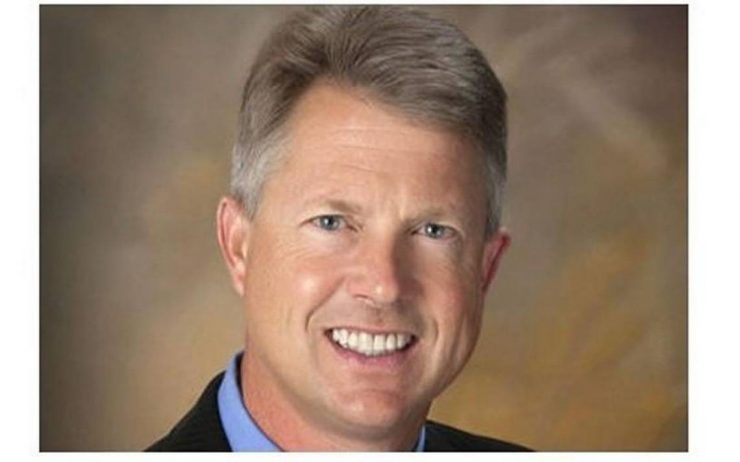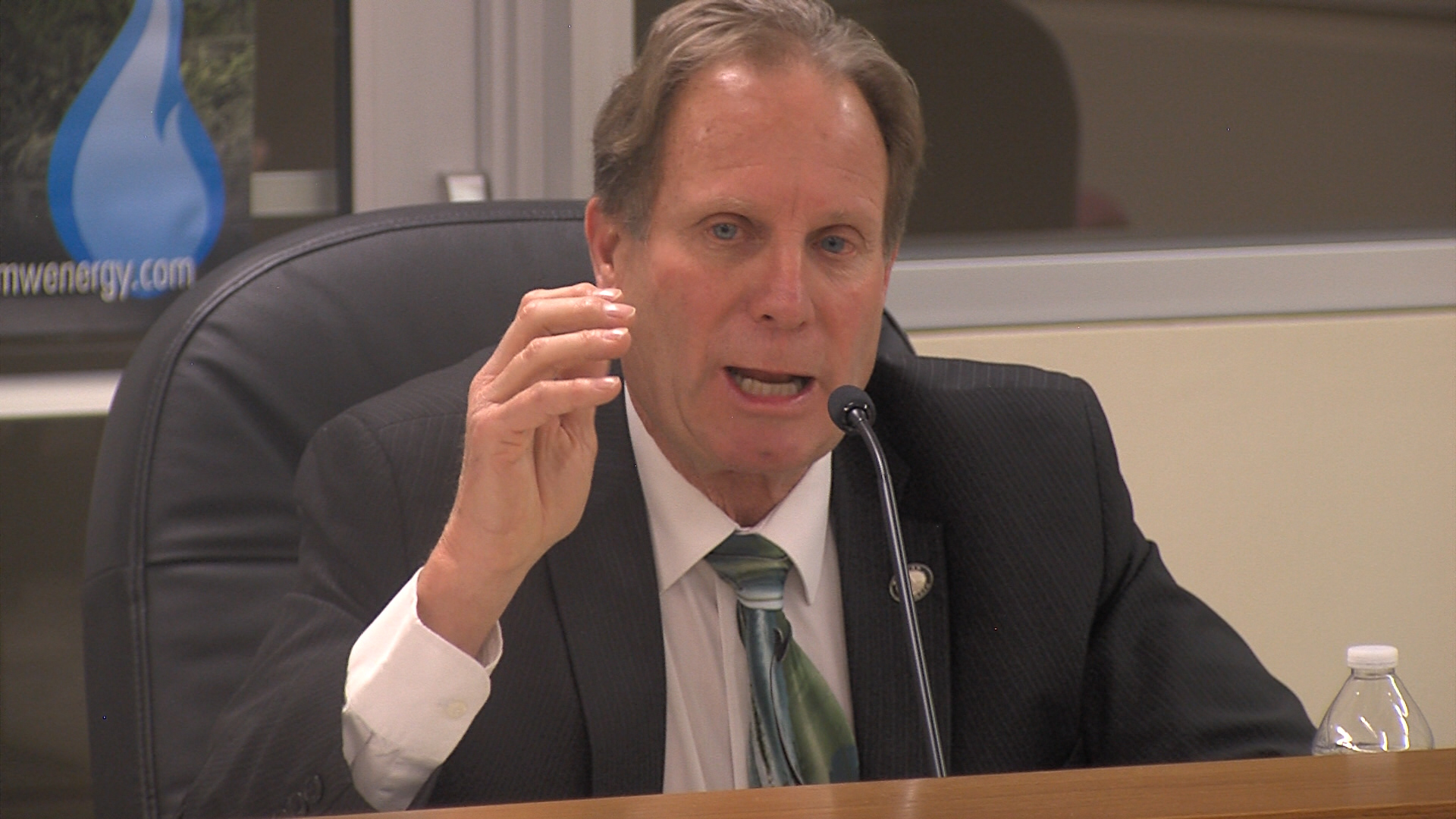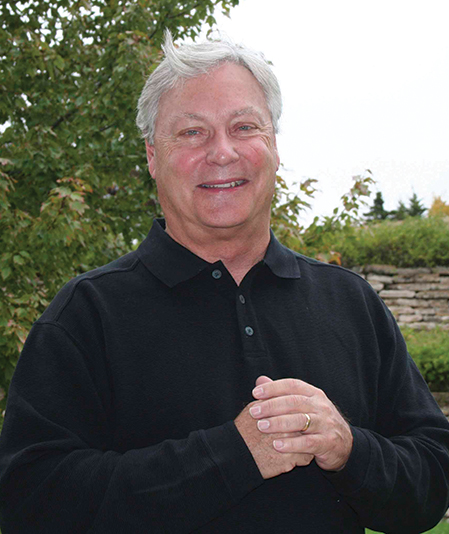
Community food drives provide an important source of food for families trying to make ends meet. They also give neighbors the chance to help neighbors and instill the values of sharing and caring in children.
The Letter Carriers “Stamp Out Hunger” Food Drive will be held on Saturday, May 12. This food drive, held annually on the second Saturday of May by the National Association of Letter Carriers, is our nation’s largest single-day food drive. Last year, the drive collected 75 million pounds of non-perishable food across the country.
The timing is important, too, with food banks, pantries and shelters running low on donations from the fall and winter holidays, and with summer looming, when most school meal programs are suspended.
“In the summer when children are home and no school meals are available, our food requests increase,” said Laurie Mortinger, director of the Community Assistance Center in Hays, who reports that the Letter Carriers food drive is their second-largest food collection of the year.
Hunger affects about 50 million people around the country, including millions of children, senior citizens and veterans. Donating to the national food drive this Saturday can help provide food for those in need in our communities.
However, don’t just clean out your cupboard and donate foods you can no longer use. Donate safe and healthful foods to help pantries avoid waste and keep their customers healthy.
Don’t donate opened or repackaged food, food in damaged containers or severely dented cans, home canned products, expired food or perishable foods that are starting to spoil or mold. Check with your local food bank to find out if it can accept fresh fruits and vegetables, baked products, and refrigerated or frozen foods.
While food pantries and the people they serve are grateful for any and all donations, you can give the gift of better health by providing safe and nutritious non-perishable food items to food drives in your community.
Before you give to your local food drive, think about filling a healthy plate. Use the food groups of the MyPlate as a guide for food drive donations with a healthier twist:
Fruit group: a variety of colorful fruits canned in juice or light syrup, 100 percent fruit juice, raisins or other dried fruit.
Vegetable group: Low sodium canned vegetables– especially dark green and deep orange varieties– tomatoes and tomato sauces, low sodium canned soups, dry potato products.
Grain group: whole-grain unsweetened breakfast cereal, whole-grain pasta and crackers, oatmeal, brown rice, popcorn, cornmeal, whole wheat flour.
Dairy group: nonfat dry milk, evaporated canned milk, shelf-stable milk boxes.
Protein group: canned or dried beans, water-packed canned tuna and salmon, canned chicken, unsalted nuts and nut butters.
For individuals with limited kitchen access, consider single-serve canned pull-tab foods such as fruits, vegetables, pastas, stews, chicken and noodles, etc. and single-serve items such as granola bars, packs of nuts or dried fruit, and individual juice packs or boxes.
Contact your local food pantry to find out what other items are needed such as infant formula, baby food, low-salt, sugar-free or gluten-free items, or other foods for special dietary concerns.
When donating food for a food drive, choose foods that provide maximum nutrition from each food group of MyPlate. Your neighbors will eat healthier when you contribute safe and nutritious foods.
Linda K. Beech is Cottonwood District Extension Agent for Family and Consumer Sciences.






























